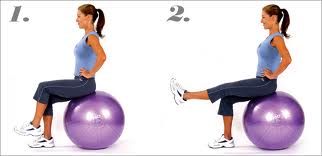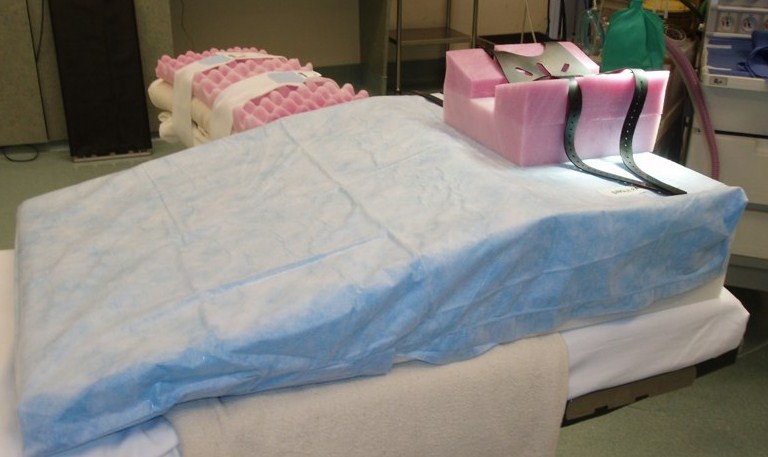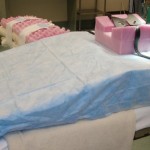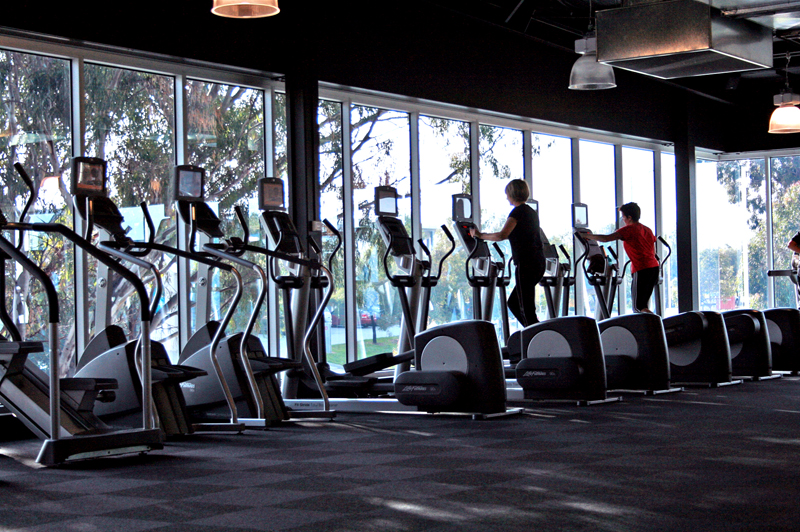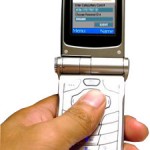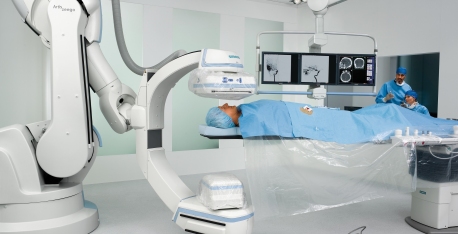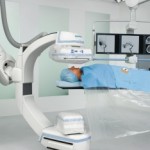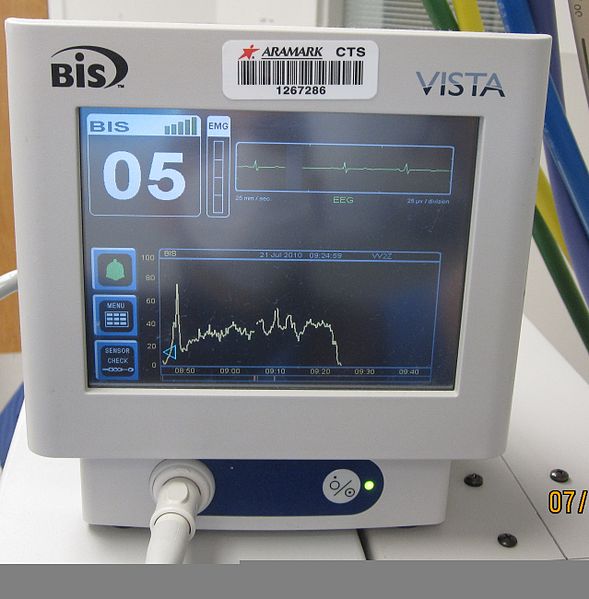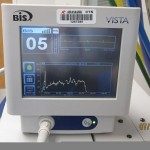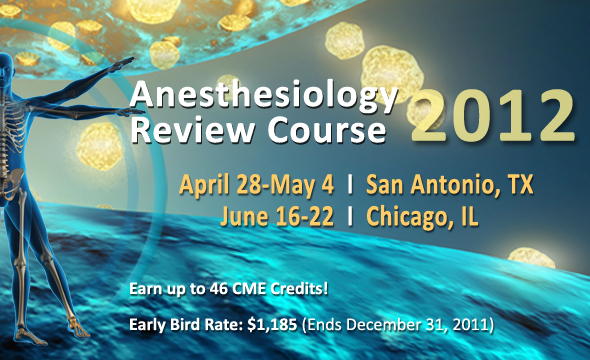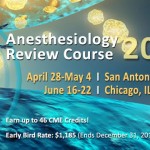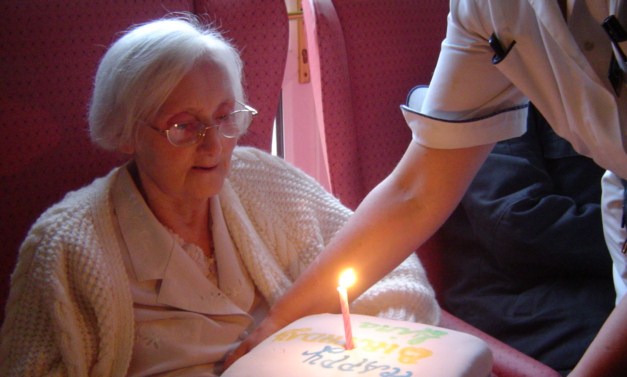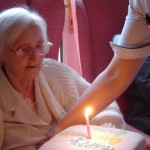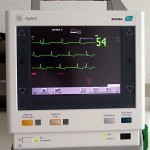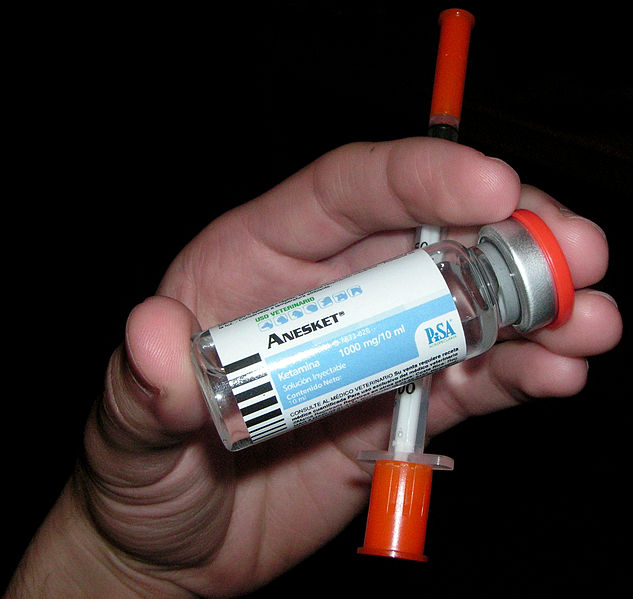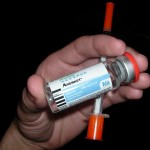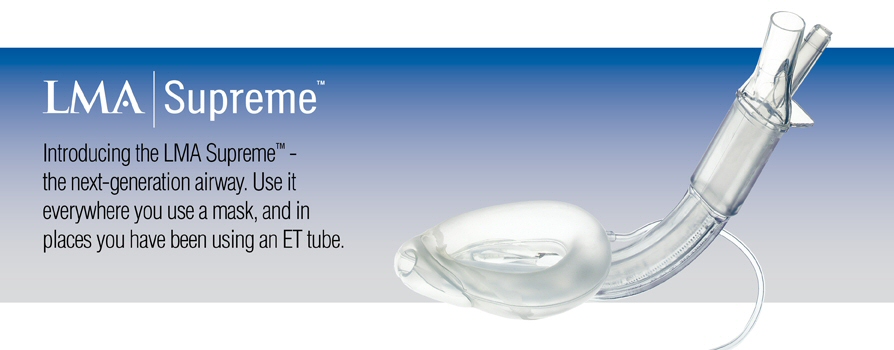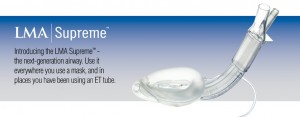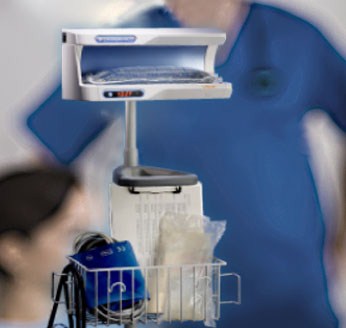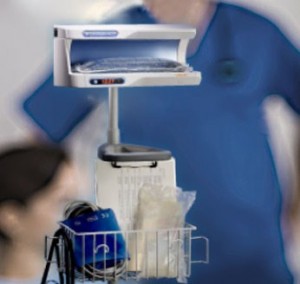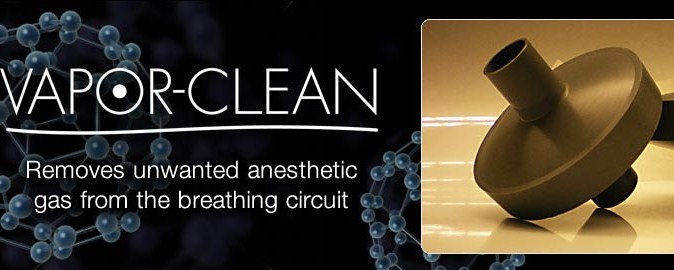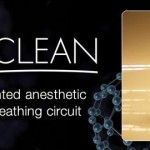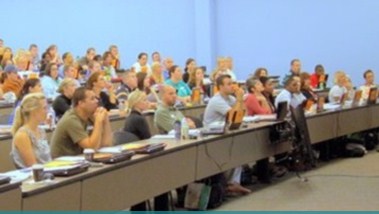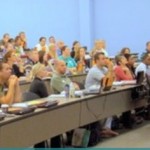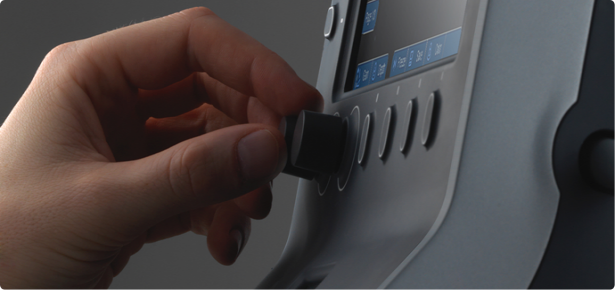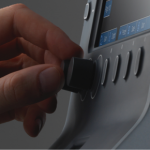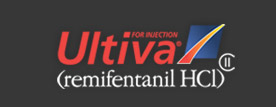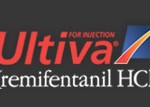 Losing weight used to be numero uno on the News Year’s Resolution list but lately it’s given way to touchy, feely hopefulness charged with sentiment and inertia. In spite of the second-place status, ‘lose weight’ is a list-maker that will open gym doors and sell overpriced clearance tights…for about three months. Over 30% of the people who join a gym in January, will stop going by March, and may never return. If you are one of those who does follow through on your resolution commitment of losing weight, here are some tips for joining a gym and/or hiring a personal trainer.
Losing weight used to be numero uno on the News Year’s Resolution list but lately it’s given way to touchy, feely hopefulness charged with sentiment and inertia. In spite of the second-place status, ‘lose weight’ is a list-maker that will open gym doors and sell overpriced clearance tights…for about three months. Over 30% of the people who join a gym in January, will stop going by March, and may never return. If you are one of those who does follow through on your resolution commitment of losing weight, here are some tips for joining a gym and/or hiring a personal trainer.
The Goals
Establish your basic goals.
That means you may need to sit down at your computer and write down two or three well-defined things you intend to accomplish by joining, then select a gym that has what you need in order to achieve your written goals.
The Proximity
Locate a gym or trainer that is close to home or close to work or right on the precise route that you take to one or the other. If you have to go the least bit out of your way or have to stop at one light a little too long, you’ll be back under the covers in less than a month.
The Money
Gyms and fitness facilities are muy espensivo to operate so they want, they need your money. Still, wangle the best deal you can get. Three-month specials abound (‘cause they know you’re gonna quit in March!) and perks like a free trial visit, personal training packages, free classes, and guest passes are often an option. Accept an automatic withdrawal from your account ONLY if you fully understand the fine print in the contract. Yep! There will be a contract and you won’t get out of it easily in March…or June, either. Read, comprehend, then pay up and USE the place faithfully. Tip: Go as the guest of your buff and beautiful friend so you don’t have to listen to marketing hype first-time in the door.
The Machines and the Maintenance
Machines should be up to date and in good repair– you can tell by getting on one and using it or by counting the number of signs on equipment that say Out Of Order. It doesn’t hurt to take note of the rips and tears in vinyl machine pads, the cracked or missing water holders on cardio machines, or single dumbbells now divorced from their partners. Check out the bathroom, the showers, the toilets – um-hmmm – and ask straight out how often the cleaning service marches their bucket brigade from ellipticals to lockers and beyond. There is no better place to get colds, flus and infected scratches and wounds than at a work-out facility. If you have to step over the spit on the floor next to the squats cage, move on dot com.
The Environment
How’s the music? Can you hear yourself think? Is this a meat market or a family fitness center? Do you recognize some people from work or bridge club? Do people behave respectfully and share equipment and clean up after themselves on the gym floor? Does Jocko Madzilla remove the 800 pounds of weight plates from the leg press when he’s finished and does Little Lucy Latte get off the elliptical promptly when her time is up without re-setting the timer when no-one’s looking? These observations take time so take that time to avoid being sorry.
The Members
Then, ask the members who are there if they are happy with the variety and supply of equipment, with the quality of classes and with the level of maintenance and overall professionalism. Discuss their payment satisfaction and what they like best and least about the facility. Find out if theft is a problem and how issues have been resolved. Observe the members as they arrive and leave, as they work out and socialize, as they interact with personnel and how they treat the place, ‘cause that’s how they’re going to treat you.
The Trainers
This is my area, Kids. I’m an integrated fitness trainer and I take this seriously. If you want a trainer whether short-term or long-term, do your due diligence as real estate people like to say. Look at other client’s results, interview more than one client to get their comments and interview more than one trainer to feel the fit. Inquire about credentials and certifications and if you’re at a gym, ask the gym leadership to tell you what the requirements are for trainers – eg, insurance, certifications, age and experience. Then observe at least one session and don’t look at the trainer’s biceps and glutes; look at the attention he/she gives the client, the focus, the total professionalism. If the client is grunting, pouring sweat and hobbles for three days after the session, run the other way while you have two good feet. Efficiency, form, and safety are tantamount and pushing clients too hard is a deal breaker. Make sure the trainer keeps good records of client progress and has some level of education in nutrition. Supplements of any kind are not necessary for achieving normal, healthy results, but trainers often earn mega extra income by selling them. If you find a high-quality trainer whom you trust and who guides you to your mutual goals, that’s the deal maker. Just offer her/him a good tip and consider yourself pumped!
A well-run fitness facility is a social mecca for exercise where you can pay for the opportunity to get in touch with your wellness and, therefore, your well-being. With precious little time and money to spare during this extended employment drought, do your homework before you slide your card then stick with your plan beyond the Ides of March.
Liz Sanner Davis is owner and trainer at Body Firm Integrated Fitness Solutions, Temple, TX. Visit Liz online at www.bdyfrm.com and read her humorous and motivational Lizlines or Lizlimericks published daily.
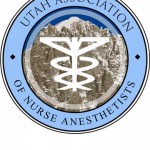 The Utah Association of Nurse Anesthetists (UANA) will hold an annual meeting on January 28, 2012. We will have national representation from the AANA (Debbie Malina, President) and the NBCRNA (Robyn Ward, Secretary/Treasurer). We will cover a variety of clinical topics including: New Drugs on the Horizon, Regional Anesthesia, Pediatrics, Surgical Stress, etc. In addition, we will hear from professionals whose lectures will focus on business and retirement practices. We are offering two breakout sessions which will allow you to select topics that interest you. Attendees who sign in at vendor tables will be entered into a drawing for two iPads.
The Utah Association of Nurse Anesthetists (UANA) will hold an annual meeting on January 28, 2012. We will have national representation from the AANA (Debbie Malina, President) and the NBCRNA (Robyn Ward, Secretary/Treasurer). We will cover a variety of clinical topics including: New Drugs on the Horizon, Regional Anesthesia, Pediatrics, Surgical Stress, etc. In addition, we will hear from professionals whose lectures will focus on business and retirement practices. We are offering two breakout sessions which will allow you to select topics that interest you. Attendees who sign in at vendor tables will be entered into a drawing for two iPads.
